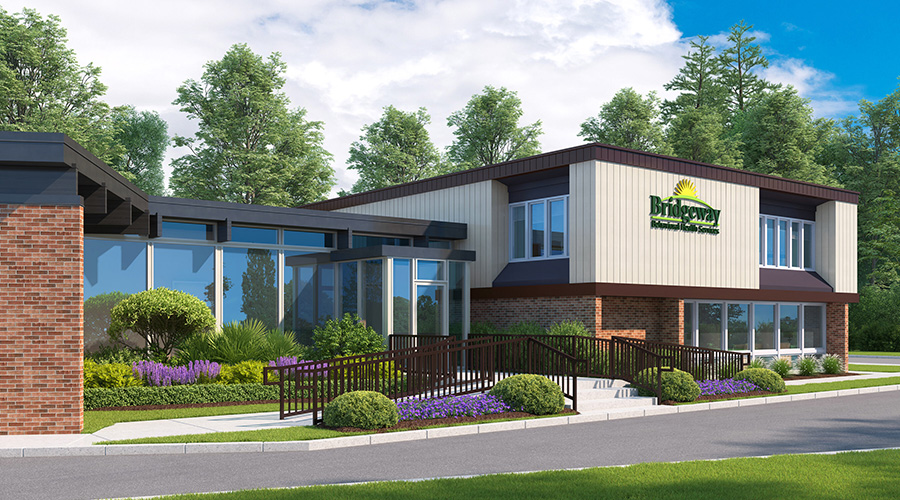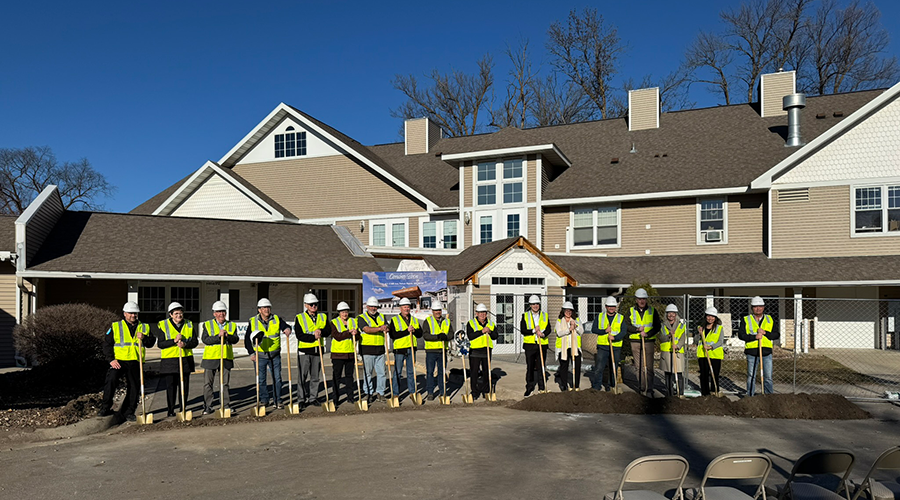In order for healthcare facilities to provide premiere patient care, facilities managers must deliver capital improvement construction projects that ensure the built environment supports up-to-date clinical trends, spatial layouts and technology. By constantly updating healthcare facility design standards, managers can deliver successful construction projects.
Whether the work is completed by contract or in-house personnel, managers are often asked, “When will the project be complete?” Healthcare executives also are concerned about the potential impact on patient health and healing that might result from construction in and around the healthcare facility or campus.
Understanding and maintaining a construction schedule is essential for healthcare engineers and facility managers. By implementing best practices for project management, managers can minimize disruptions to patient care.
Setting a schedule
The construction schedule is the foundation of the entire project. The schedule indicates when the clinical service associated with the new facility or renovation will be available to patients. When it comes to project management, the team managing the project should receive training on schedule analysis and management.
It is essential that members of the project have a general understanding of the construction schedule. Does everyone know what finish-to-finish relationship means? It means that one task can only be completed after the other task has been completed.
Facility managers and chief engineers also must ensure that engineering staff have training in reading and analyzing a critical path schedule. All actions associated with the project revolve around the schedule, so those reviewing and accepting the schedule should have a baseline understanding of predecessors, the concept of float — the amount of time a scheduled activity can be delayed without reaching the critical path — and durations of activities.
Personnel also must be familiar with the term critical path, which is the chain of events that comprise the longest duration of the project, driving the end date. Any delay along the critical path causes an immediate delay in the project and a delay in providing care to patients. With the current materials market, it is important to understand any and all delays along the critical path. It is important to display the critical path, and it should always be highlighted and easily identifiable to the reviewer.
Finding a format
Speaking of format, it is important for healthcare facilities managers to establish a set format that displays the information relevant to the facility. In the U.S. Department of Veterans Affairs (VA), the format is dictated by the Veterans Affairs Master Specifications. A bar chart or Gantt chart is a common format that usually is easily readable by all parties. Construction specifications can list the exact columns the contractor should display. The following are recommended:
- activity name
- start date
- end date
- percentage complete
- float
- free float.
More importantly, the customer can define the software used to produce the schedule. Important details such as holidays, working hours and resources can be loaded into programs. Managers can create a checklist for their project managers to ensure all the proper information is present on the documents.
The checklist should closely follow the specification for the schedule, and it could record schedule growth over the duration of the project and create a record of the monthly meeting. This is a practice our engineering department implemented at VA Medical Center in Coatesville.
Another powerful tool for facility and project managers is a recurring meeting with contracted personnel to review the schedule monthly. This interval allows for the party performing the work to make enough progress to have a significant update between meetings. This meeting enables a facility manager to understand the progress of each project in detail, and it is a valuable resource when informing healthcare leadership about the status of critical projects.
At the Coatesville VA Medical Center, our leaders have identified four projects that are priorities for the campus, and they receive an update every two weeks on these projects. This update also helps the facility manager keep healthcare stakeholders informed. For instance, the activation of a space involves many ancillary services, including information technology, biomedical staff and clinical staff. Activation is contingent upon completion of the construction project.
In a healthcare environment, it is important to know the potential impact of construction on patient care. For instance, shutting down electricity to certain buildings or floors certainly has an impact on healthcare operations. Including these disruptions on the construction schedule can minimize their impact. Similarly, if a manager needs to gain leadership approval for shutdowns, displaying these on the schedule is recommended.
Within the medical setting, it is important to notify clinical staff about closure of patient rooms and hallways, as well as utility outages. Likewise, dates for shutdowns of utilities enables healthcare engineers to communicate with maintenance staff. Having these items on the schedule keeps all personnel informed.
A shrewd engineer also can use the schedule to determine unforeseen impacts. Scheduled activities, such as a critical crane lift, also might prompt the chief engineer or facility manager to recommend activation of the hospital incident command system. All these items must be accounted for on the schedule in order to maintain effective healthcare operations.
Using these project management tactics mitigates schedule growth and facilitates communication between facility managers and executive leadership. Knowing the concept of the critical path and receiving regular schedule updates enables managers to track critical projects. More importantly, the schedules can help anticipate when patient services will be available through the new construction or renovation project.
Anthony S. Caruso, P.E., PMP, is the chief engineer at the U.S. Department of Veterans Affairs Medical Center in Coatesville, Pennsylvania. He is a degreed civil engineer and a U.S. Army veteran.

 Healthcare Is the New Retail
Healthcare Is the New Retail Bridgeway Behavioral Health Services Launches Campaign to Renovate Health Center
Bridgeway Behavioral Health Services Launches Campaign to Renovate Health Center Ground Broken for New North Dakota State Hospital
Ground Broken for New North Dakota State Hospital AI Usage for Healthcare Facilities
AI Usage for Healthcare Facilities Ground Broken on Pelican Valley Senior Living Modernization Project
Ground Broken on Pelican Valley Senior Living Modernization Project